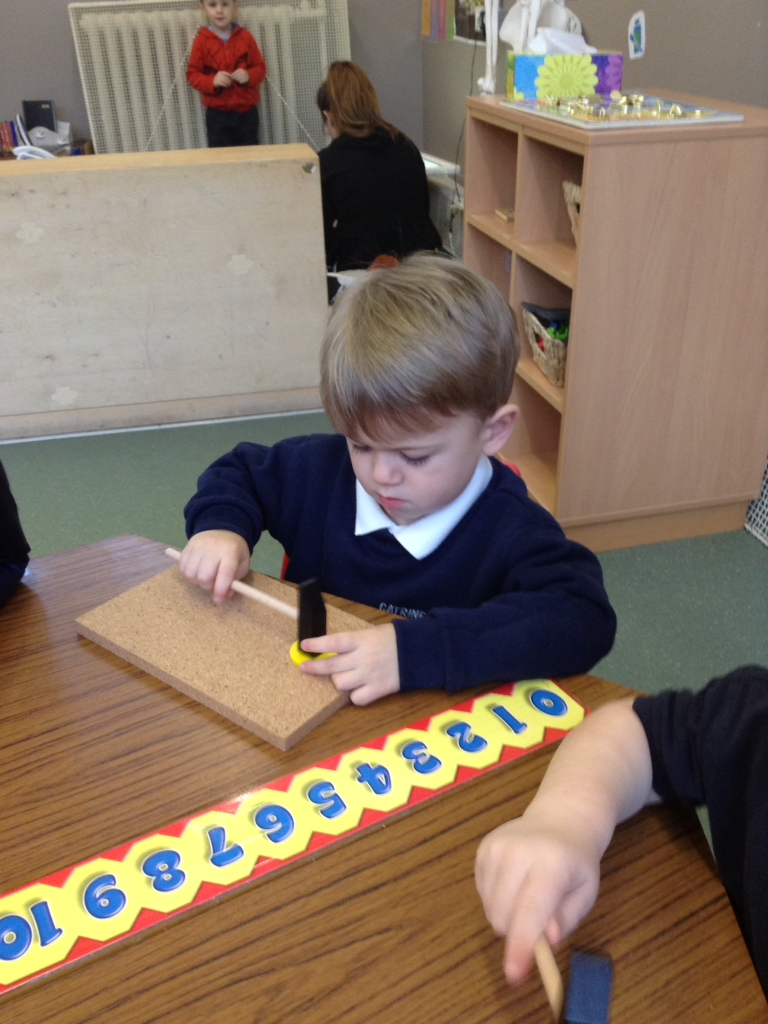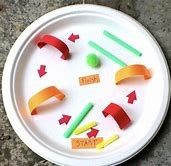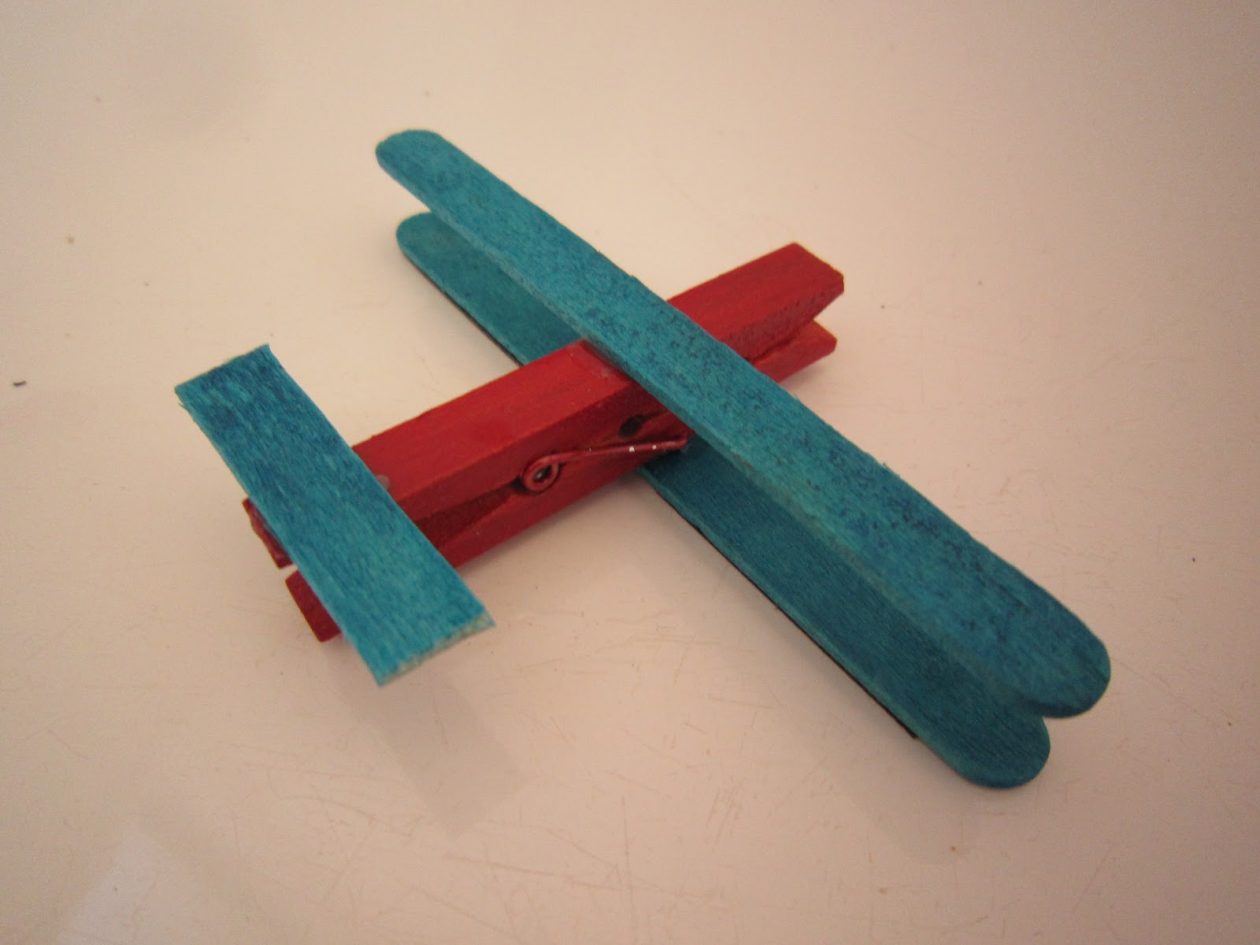The children have been working hard inside and outside. We have been exploring letter, words, numbers and shape. Here are some photos of their work.

Abi has been working hard to develop her writting skills. She is attempting to underwrite a range of different words using different writting materials such as chalk, pencils and chalkboard pens.

Logan has been exploring numbers outside. He was able to identify a few numbers on our number square.

Harry has been developing his fine motor skills when using the tap tap resources to hammer shapes and pins into the board.

Katie has been attempting to identify numbers 1-10, she also managed to order numbere 1-5.

Olivia has shown an interest in writting. She has been attempting to develop her letter formation when copying letters from the words around our board.

Callum has been working hard to develop his concentration skills when participating in activities. Callum showed good concentration when using the tap tap hammers to hammer shapes into the board.

Cole showed an interest in the tap tap hammers. He spent some time developing his fine motor skills when hammering the shapes into the board.






















